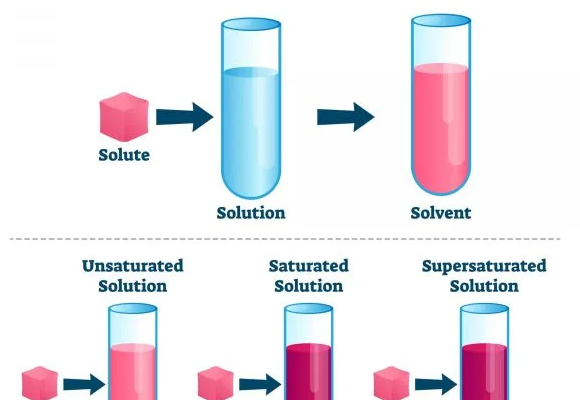Magnesium Iodide: Structure and Chemical Characteristics
Magnesium iodide, an intriguing inorganic compound, has captivated the attention of chemists and researchers due to its distinct properties and versatile applications. In this exploration, we will delve into the comprehensive understanding of its fundamental properties, delve into the intricacies of its chemical structure, and illuminate the distinctive characteristics that define this compound. …




